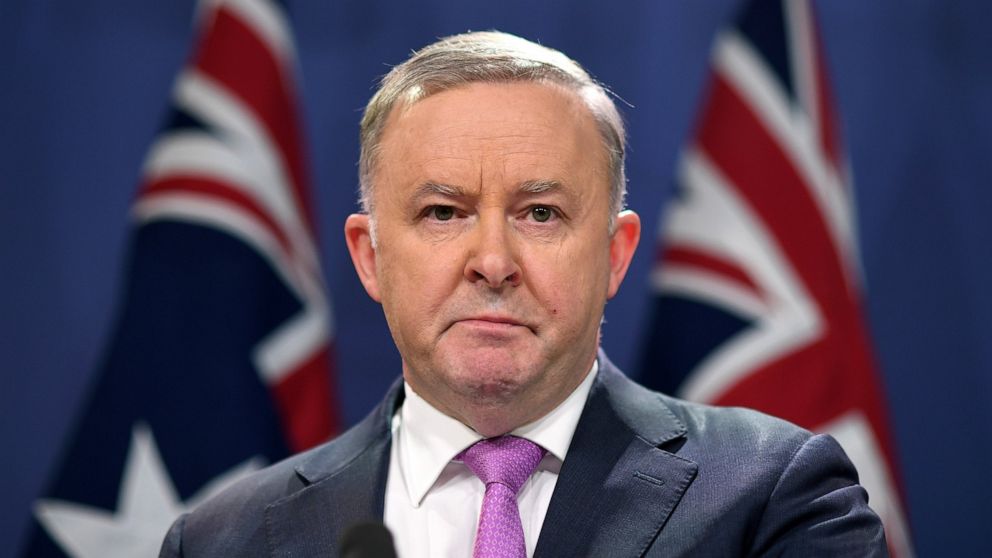Australia – like everyone else – fails to win exemption from Trump’s tariffs on aluminium and steel
- Written by Michelle Grattan, Professorial Fellow, University of Canberra

Australia has failed to win an exemption from Donald Trump’s 25% tariffs on aluminium and steel, but the government has vowed to fight on for a carve out.
Prime Minister Anthony Albanese declared the decision was “against the spirit of our two nations’ enduring friendship”. “This is not a friendly act,” he said.
“We will continue working hard for a different outcome,” Albanese told a news conference.
In recent times, Albanese was not able to get another phone call with President Trump for a late top-level pitch.
Australia would not impose reciprocal tariffs on the US – such a course would only push up prices for Australian consumers, he said. The US decision increased costs on American consumers, he added.
The White House spokeswoman, Karoline Leavitt, earlier had told Australian media in Washington “there will be no exemptions” from the tariffs, which come into effect imminently. Pressed on why, she said “America First steel”.
She said, “If they want to be exempted, they should consider moving steel manufacturing here”.
Deputy Prime Minister Richard Marles said the government would continue to lobby for an exemption. He pointed out it had taken the Coalition government many months to win a carve out from tariffs under the first Trump administration.
“Tariffs don’t make any sense, it’s an act of kind of economic self harm. We’ll be able to find other markets for our steel and our aluminium and we have been diversifying those markets. But we’re obviously really disappointed with this.
"I would say, though, we’ll keep advocating to the United States on this issue. Last time around it was nine months before we got an exemption in relation to steel and aluminium out of the Trump administration in its first term. So, we’ll keep pressing the case, we’ll keep diversifying our own trade. But look, there’s no hiding this, we’re really disappointed with this decision.”
Foreign Minister Penny Wong said the decision was “unprovoked and unjustified”.
Opposition deputy leader Sussan Ley said the government “just hasn’t done enough”.
“All of the other leaders of the Quad and AUKUS, Japan, India, the UK, travelled to the US, and they had face-to-face meetings, and they did what they needed to do. They advocated fiercely in their country’s interests, but this prime minister has been nowhere to be seen.”
But given no exemptions are being provided, a personal trip by the Albanese would likely have had little effect. The PM made the case for an exemption to the president in a call some weeks ago. In that conversation Trump indicated he would consider Australia’s case, but the government quickly became pessimistic about the administration giving it a special deal.
BlueScope, while expressing disappointment, saw one silver lining. “BlueScope produces more than 3 million tonnes of steel per annum at its NorthStar BlueScope plant in Delta, Ohio. As the US tariffs come into effect the company expects to see the positive impact from an improvement in steel prices.”
Former prime minister Malcolm Turnbull this week predicted Trump would shy away from exemptions this time around. While some observers said Turnbull’s broad attack on Trump, whom he called a bully, could work against Australia’s lobbying, it almost certainly was irrelevant, given all representations were rejected.
The Australian concern is less the direct impact of the tariffs – our exports of steel and aluminium to the US are limited – but the fallout from an international trade war that could be sparked by Trump’s policies.




















